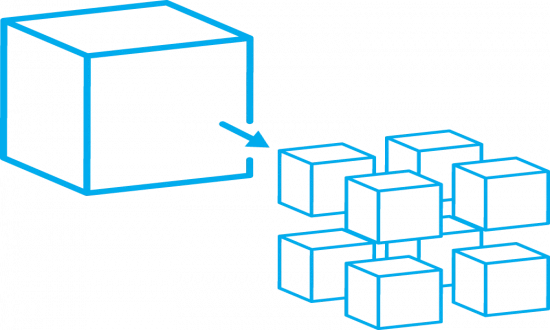Microservices and Containerization: Building Scalable and Resilient Applications
In the rapidly evolving landscape of software development, microservices architecture and containerization have emerged as powerful paradigms for building scalable, modular, and resilient applications. This article explores these concepts, their relationship, and how they can be leveraged together to create robust software solutions.
Introduction to Microservices
Microservices architecture is an approach to developing applications as a suite of small, independently deployable services. Each service runs in its own process and communicates with other services through lightweight mechanisms, typically HTTP/REST APIs. This architectural style offers several benefits:
- Scalability: Individual services can be scaled independently based on demand.
- Flexibility: Different services can use different technologies and programming languages.
- Independent Deployment: Services can be updated and deployed without affecting the entire application.
- Fault Isolation: Failures in one service don't necessarily impact others.
However, microservices also present challenges, including increased complexity in service communication, data consistency management, and the need for robust monitoring and orchestration.
Introduction to Containerization
Containerization is a lightweight form of virtualization that packages an application and its dependencies into a standardized unit called a container. Containers provide consistency across different environments, ensuring that applications run the same way regardless of where they're deployed. Key benefits include:
- Portability: Containers can run on any system that supports the container runtime.
- Resource Efficiency: Containers share the host OS kernel, making them more lightweight than traditional VMs.
- Isolation: Each container runs in its own environment, preventing conflicts between applications.
Docker has become the de facto standard for containerization, while Kubernetes has emerged as the leading container orchestration platform for managing containerized applications at scale.
Relationship between Microservices and Containerization
Microservices and containerization complement each other exceptionally well. Containers provide an ideal deployment mechanism for microservices, offering several advantages:
- Consistency: Containers ensure that microservices run consistently across development, testing, and production environments.
- Rapid Deployment: Containerized microservices can be quickly deployed and scaled.
- Resource Optimization: Containers allow for efficient use of underlying hardware resources.
- Isolation: Each microservice can run in its own container, preventing conflicts and enhancing security.
However, integrating microservices and containerization also presents challenges, such as managing inter-service communication in a distributed environment and ensuring proper monitoring and logging across multiple containers.
Best Practices and Considerations
When designing microservices for containerization, consider the following best practices:
- Single Responsibility: Each microservice should focus on a specific business capability.
- Statelessness: Design services to be stateless, storing persistent data externally.
- API-First Design: Define clear, versioned APIs for service communication.
- Containerization Strategy: Decide whether to use a single container per service or multiple services per container based on your specific requirements.
Effective monitoring and management of containerized microservices are crucial. Implement robust logging, tracing, and monitoring solutions to gain visibility into your distributed system. Container orchestration tools like Kubernetes can help manage deployment, scaling, and load balancing of containerized microservices 1.
Conclusion
The combination of microservices architecture and containerization offers a powerful approach to building scalable, modular, and resilient applications. By leveraging the strengths of both paradigms, organizations can develop and deploy complex software systems with greater agility and efficiency.
As these technologies continue to evolve, we can expect to see further integration between microservices and containerization platforms, as well as advancements in areas such as serverless computing and service mesh architectures. Embracing these concepts and staying abreast of emerging trends will be crucial for organizations looking to remain competitive in the rapidly changing landscape of software development.


